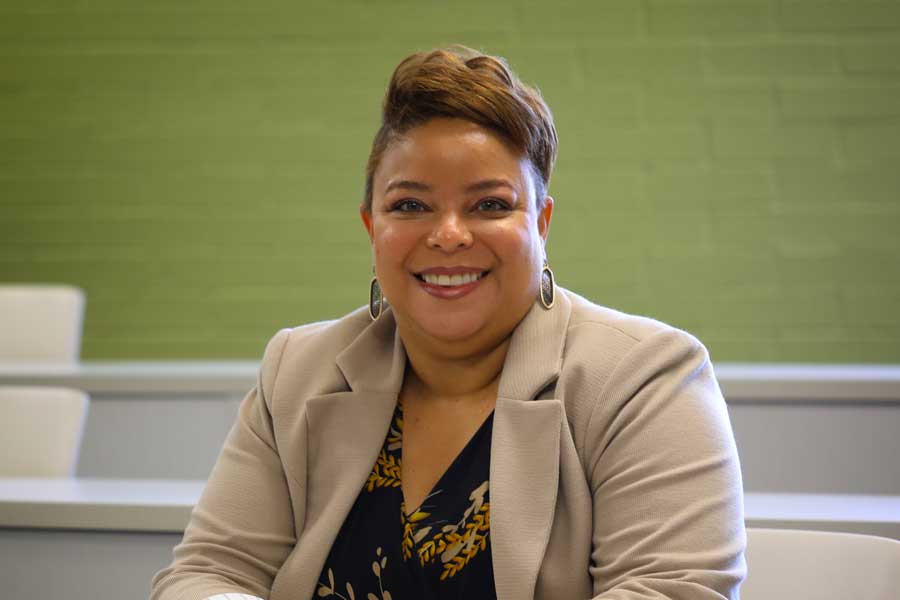By Design
Promoting human flourishing through intentionally designed spaces
“I worked for about seven years in architecture, and then I went to graduate school for my Ph.D. in religion in theology, ethics and culture,” Edwards said. “I’m interested in the everyday spaces that we live in, that we work in, that we teach in, that we play in. People haven’t thought about the idea that these kinds of spaces have anything to do with religion or with their faith. It’s easy to think of how a church relates to theology, but understanding how other things might relate is a little more difficult.”
Edwards sees the inclusion of design and architecture in theology as a practical step in expressing faith.
“What we wear, what we eat, what we live in — all of these have to do with how we relate to other people and other parts of God’s creation,” Edwards says.
Edwards presents five different values, or theological commitments, to consider in connecting design decisions and beliefs about God: creativity, empathy, discernment, beauty and sustainability. Sustainability, for example, may be in the form of reusing or recycling materials during a renovation to reduce landfill waste, or choosing a low-VOC paint to maintain a healthy living space for years to come.
“How do we use architecture and design to relate to each other more justly and to promote the flourishing of all creation? In that broad sense of justice, how do people live in harmony with each other and in harmony with God’s creation?” Edwards asked.
For Edwards, the question at the front of the conversation tying together design and justice is simple: Who gets to make design decisions? Edwards encourages designers to consider the people or communities that spaces are designed for. Her work often focuses on women and marginalized communities, considering the ways in which physical spaces are or are not designed for them or by them and how that influences their interaction with those spaces.
“I want everyday people to know that their decisions matter, particularly to equip women and people of color to make decisions for their communities,” Edwards said. “Women have typically been allowed, encouraged and promoted as decorators. Like decorating their home, that’s traditionally women’s work. And yet that doesn’t get acknowledged as having a real impact on how we live. I want to say that it does matter to how we live. Whether you create a harmonious environment or create an environment that’s unsafe and full of hazards. How do we create literal spaces for marginalized communities? What are we doing with Black neighborhoods? Are we investing in actual physical spaces? That matters and that impacts the way we live.”
Edwards hopes that her research will encourage people to intentionally consider their design choices and question how the built environment around them can be used to relate to each other more justly and promote human flourishing in harmony.
4 Ways to Promote Human Flourishing Where We Live
It is not just the job of architects to be intentional about how a space is designed; It’s the job of anyone who occupies that space. Here are four ways individuals and communities can design spaces that are safe, welcoming and beautiful.
- Place art in personal spaces that inspires beauty and connects you with your values.
- Build and decorate your home with materials that are sustainable for the earth and that are free of health hazards.
- Name public markers, like streets or buildings, and commission public art, like murals and sculptures, that represent and welcome a diverse community and does not tell a narrow history of the community.
- Encourage and promote the agency and voice of diverse perspectives in design, community planning and decision making.
